Ecosistemas de carbono azul
ODS 6. Agua limpia y saneamiento
ODS 14. Vida submarina
En esta lección, los estudiantes explorarán el concepto de los ecosistemas de Carbono Azul, centrándose en manglares, la restauración de praderas marinas y el cultivo de algas, y su papel vital en la captura de carbono, la mitigación del cambio climático y la promoción de la biodiversidad. Los estudiantes participarán en actividades para comprender el ciclo del carbono, calcular el almacenamiento de carbono en hojas, raíces y suelo, y participar en la plantación de manglares y praderas marinas para llevar los esfuerzos de conservación más allá.
Edades: 11-17 (dos niveles de diferenciación)
Materias: Ciencias, Biología (Ciclo del Carbono), Geografía, Ciencias Naturales, Matemáticas
Escriba su reseña
Debe iniciar sesión para enviar una reseña
Debes ser logged in para enviar una reseña.
Nota: Todas las reseñas serán revisadas por un moderador antes de aparecer en el sitio web.
This lesson was truly insightful and captivating! It offered a thorough exploration of blue carbon ecosystems, covering their significance, varieties, and crucial role in combating climate change. The content was well-organized, easy to grasp, and peppered with intriguing facts and examples that effectively illustrated key ideas.
A standout feature of the lesson was its skillful blend of scientific knowledge and practical solutions. I particularly appreciated the emphasis on preserving and restoring blue carbon ecosystems, as well as the thoughtful discussion of challenges and opportunities for sustainable management.
I really appreciate this learning resource as it helps learners develop their cognitive skills. The activities especially the carbon cycle fact sheet which is in activity one really stood out for me as it helps me develop learners ability to learn, increasing their participation, making sure they understood what I’m teaching and also helping me evaluate right there if they understood what I explained particularly through the quizzes.
I also like how the tasks is arranged to foster collaboration which will guide me in pairing my learners up without any form of favoritism but ensuring inclusivity. I’ll surely use this resource when I’m teaching this topic.
The lesson plan on Blue Carbon ecosystems is well-structured, featuring clear learning objectives, hands-on activities, and an interdisciplinary approach that engages students in understanding the importance of coastal habitats like mangroves and seagrasses in carbon sequestration and climate change mitigation. It incorporates critical thinking, data analysis, and environmental conservation actions, aligned with sustainability goals. However, some areas for improvement include ensuring better time management between activities, enhancing resource preparation, and incorporating more regional context and technology integration. Additionally, incorporating more opportunities for reflection and formative assessment would further deepen student understanding. Overall, with minor adjustments, the plan effectively fosters environmental literacy and action.



